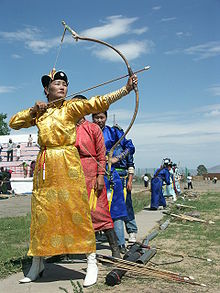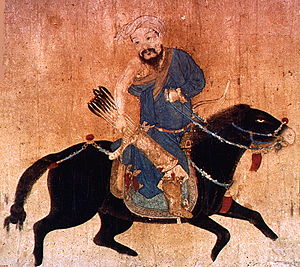Date varies. February 21-23, 2012

Today Mongolians celebrate Tsagaan Sar, or “White Month.” It roughly mirrors the Chinese Lunar New Year (but don’t say this out loud in Mongolia) and heralds the coming of spring.
The beginning of spring is definitely something to look forward to in Mongolia where temperatures hover well below 0°F in the winter months. A couple weeks ago the temperature was under -30º F.
This year’s Tsagaan Sar is a particularly harrowing one for the residents of Mongolian’s capital Ulaanbaatar (Mongolian for “City of many A’s”)
Last month the police shut down the city’s numerous vodka distilleries after alcohol poisonings:
ILLEGAL VODKA PRODUCTION UNCOVERED IN POLICE RAID
by Ch. SumiyabazarAn illegal vodka distilling factory in the Songinokhairhan District of Ulaanbaatar was discovered in a police raid last Sunday. The Uurag Altai company, whose operation license was halted two years ago, was found distilling vodka with the fake label “Morit Khangal,” whose vodka has killed 14 people and hospitalized dozens of others…
‘The small room where this business was conducted was horrible, small and had a terrible stench. A container used for mixing chemicals was unclean. There were no safety or hygienic standards at all,’ said a police officer.
Last week, two additional deaths were reported due to tainted vodka produced by the Asian Wolf company in Baganuur District that killed eleven people on New Year’s Eve. The deaths followed an emergency situation banning sales, distribution and bottling of alcholic products in the metropolitan area.
The Deputy Premier M. Enkbold appealed to the public not to celebrate the upcoming holiday, Tsagaan Sar lunar new year, with vodka.
Let’s hope they heed the warning.
‘Ulaana,’ who is researching in Mongolia, blogs: “My Tsagaan Sar experiences have been so vodka soaked, it’s hard to imagine a celebration here without it.”
Perhaps vodka-less celebrations wouldn’t be as fun, but probably more memorable.
Saikhan Shinlarai to all!
Posted February 9, 2008
Tsagaan Sar – an Australian in Mongolia
Tsagaan Sar – a peace corp blog
Mongolians Brave Sub-Zero Winter to Welcome New Year – Feb. 2010




